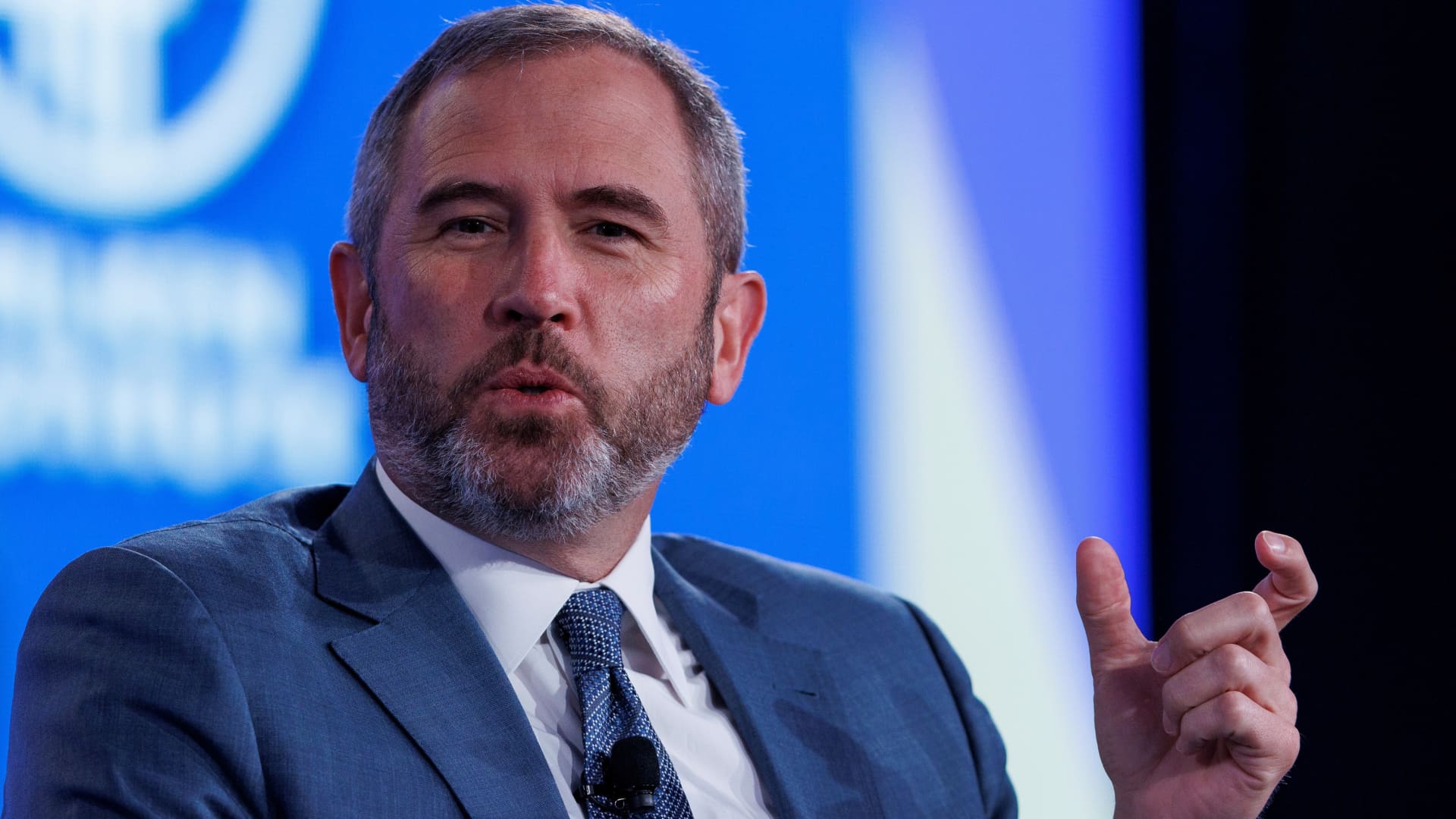Japan’s core inflation in October rises to a 3-month high, supporting the case for rate hikes

Customers check out vegetables and other groceries at a supermarket in Tokyo on June 20, 2025.
Kazuhiro Nogi | Afp | Getty Images
Japan’s core inflation in October rose at its sharpest rate since July, in line with market estimates on Friday, supporting the case for interest rate hikes by the Bank of Japan.
Core inflation, which strips out prices of fresh food, came in at 3% as expected by economists polled by Reuters.
The headline inflation rate rose to 3%, marking the the 43rd month in a row that it has run above the BOJ’s 2% target.
The so-called “core-core” inflation rate, which strips out prices of fresh food and energy, crept up to at 3.1%, compared to 3% in September.
Rice inflation continued to ease for a fifth month in a row, dipping to 40.2% from 49.2% in the month before.
Japan’s Nikkei 225 was 1.58% lower, while the yen strengthened 0.1% to trade at 157.5 against the dollar as senior Japanese officials voiced concerns on yen moves.
BOJ Governor Kazuo Ueda told the country’s parliament on Friday that the central bank should be mindful that a weak yen could affect underlying inflation by pushing up import costs and broader prices.
Signaling urgency over yen weakness, Japan’s Finance Minister Satsuki Katayama reportedly hinted at a possible intervention in the market, saying that she was “alarmed by recent one-sided, sharp moves in the currency market,” Reuters reported.
According to LSEG data, the dollar has appreciated 2.19% against the yen over the course of November, while over the last six months, it has gained 9.52%.
Ueda also had his first bilateral meeting with newly elected Prime Minister Sanae Takaichi earlier this week.
During the meeting, Ueda told Takaichi the central bank was “gradually raising interest rates to guide inflation smoothly towards its 2% target and ensure the economy achieves sustainable growth,” Reuters reported.
Takaichi has been an advocate of a loose monetary policy, and earlier this month told the country’s parliament that she hoped that the BOJ “conducts policy appropriately” so that the 2% inflation target is achieved by wage gains instead of cost-push factors.
“The type of inflation we’re seeing now is not good,” Takaichi reportedly said. The BOJ governor also said that Takaichi did not make any request related to monetary policy.
The central bank is currently caught between a rock and a hard place, with inflation running above target and GDP growth figures weakening as Japan takes a hit from U.S. tariffs.
Japan’s GDP in the three months to September contracted for the first time in six quarters, falling 0.4% sequentially, and dipping 1.8% on an annualized basis.











